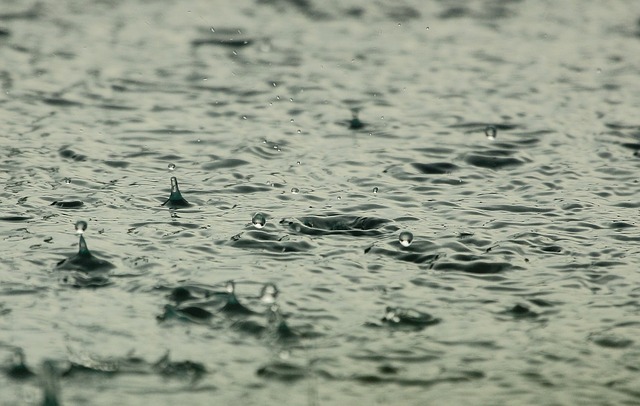Signs indicate that the cold front that hit Cape Town this week is breaking, but locals have been advised to brace themselves again for another cold front touching down next week.
Mopping up operations continue after successive cold fronts in the region, and the City’s Disaster Operations Centre logged 176 incidents including flooding, power outages and fallen trees or structural damage.
The Disaster Operations Centre logged 43 flooding-related incidents, 122 power outages across the metropole, nine incidents of trees that had blown over or fallen branches and two incidents where roofs were blown off in Masiphumelele and Burundi informal settlement.
Operationally, the status of reported incidents at present is as follows:
– 3 640 structures affected in Masiphumelele, Imizamo Yethu, Khayelitsha, Burundi, Nomzamo and Wallacedene.
– Fallen trees were reported in Parow, Edgemead, Crawford, Panorama, Durbanville and Brackenfell.
– Roads flooded across the city – most notably in Wallacedene, as well as Pelican Park, Ottery and Diep River.
– Power outages in Strand, Bonteheuwel, Observatory, Noordhoek, Joe Slovo Park, Athlone, Wynberg, Gugulethu, Nyanga, Sunnydale, Rondebosch, Philippi, Mitchells Plain, Hout Bay and Plumstead.
“This situation will change as repair teams make their way through the list of reported incidents. We ask that residents please bear with us, as assessments have to be completed for purposes of record, before assistance like flood kits can be provided. The City did make emergency shelter available to the affected communities; however, these offers have not been accepted. We have also informed SASSA around the need for humanitarian relief,” said Mayco Member for Safety and Security JP Smith.
Following the latest winter task team meeting this morning, Wednesday 24 July, blockages in the stormwater system emerged as one of the biggest concerns.
These blockages are as the result of illegal dumping, but are also caused by persons storing items in the drains.
“Another concern raised is the quality of information provided when members of the public log service requests or alert us to emergencies. This has the potential to slow down response times or results in the incorrect agency responding. A simple example is, if the emergency is at City rental stock, we ask that callers indicate such, because that too will help determine the correct department to lead the response. Therefore, my appeal to the public when reporting any incidents during heavy weather episodes, but also just in general, is to give as much information as possible, that our response matches their need,” added Smith.
The City reminds residents of the following tips when making a call for help:
– Once you have dialed the number and are through to the operator, give them your contact number first so they can call you back if you lose connection.
– Always give your full name.
– Describe your location as accurately as you can. Remember, the operator might not necessarily know your neighbourhood like you do.
– Give details of your emergency. Let the operator guide the conversation — they have been trained to ask the most pertinent questions.
– For as long as you are able, stay on the line. When the call connects, operators will be able to identify helpful information from the call staying connected.
Picture: Pixabay

